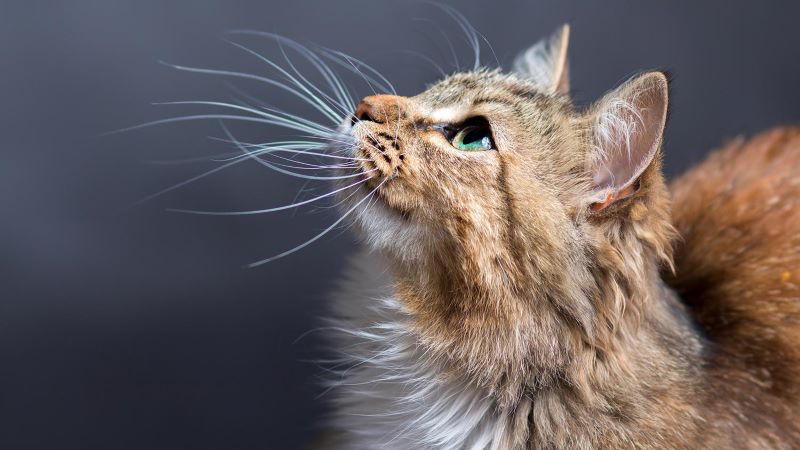When you’ve lived every year of your life with a dog, and spend time each week researching and writing about pets, you earn the title of animal doctor to your friends. Before making a vet appointment, my friends will often shoot me a text or email to get my opinion. While I certainly don’t always have the answer, I can promise to find it or point them in the right direction.
Last week a friend texted me a picture of the inside of her dog’s mouth along with the question, “What is THIS???” I probably would have been grossed out, had my dog not had the exact same issue months before. What looked like warts inside her sweet puppy dog’s mouth were pretty much just that. Oral warts, or oral papillomas, can develop in cats and dogs and usually originate on the tongue, gums, lips, or throat. While they usually go away on their own, they can spread to other pets (cats to other cats, dogs to dogs), so it is a good idea for your pets not to share food or water while symptoms are present.
What is whisker fatigue?
And just when I thought I’d heard it all...the term whisker fatigue comes across my desk. Have you heard of it? With all the overstimulation kids are getting these days through video games and their phones and the overabundance of information feeding adults in the form of news programs and podcasts, it makes sense that our pets would be feeling extra stimulated as well. So, what happens to a cat when they feel that information overload?
Just like we become stressed by too many external stimuli, so do cats. Because of the sensitivity of a cat’s whisker hairs, anytime he comes into contact with an object or there is a change in the air current, messages are sent from the sensory organs to his brain. According to Marrinan, the sheer number of messages could mean sensory overload for your cat, eventually causing whisker fatigue.
How do cat whiskers work?
Cat’s whiskers are highly developed features that have many functions. Dr. Neil Marrinan of the Old Lyme Veterinary Hospital in Connecticut has this to say about them: “Cat whiskers are extraordinary sensing hairs that give them almost extrasensory powers.” Extrasensory is a good word for those hairs! Did you know these sensing hairs, or vibrissae, are connected to a cat’s sensitive muscular and nervous systems? And that they act as messengers, delivering information about their surroundings to a cat’s sensory nerves? Whiskers are like a cat’s sixth sense, helping him navigate a dark room, hunt prey (by sensing changes in air currents), and leap gracefully onto a narrow railing.
How to avoid whisker fatigue
So, what can you do to avoid whisker fatigue? For starters, make sure your cat’s food bowl is wide and shallow, so he avoids brushing his whiskers against the sides of the bowl when eating. Marrinan says in a pinch even a paper plate can work for serving your cat’s food. As far as water goes, cats can be a bit finicky about the source, preferring a flowing water source over a stagnant, stale bowl of water. You may consider the Pet Fountain Cat Water Dispenser, which filters water and dispenses it in a flowing water fountain. One reviewer said it is the only water dispenser she has owned that her cats drink from consistently.
Hopefully, with these tips, your cat will not experience whisker fatigue, but if he does, you know what to do!

